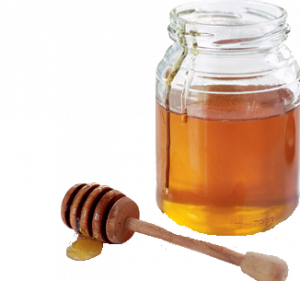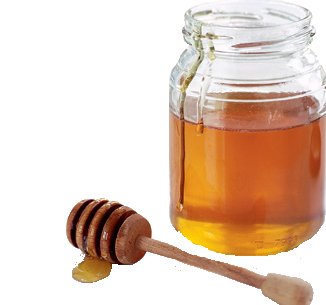 Everyone loves honey. But is it real?
Everyone loves honey. But is it real?
Cheap imports of counterfeit honey are endangering beekeeping around the world, and the consequences for world food production are severe.
Foreign sugars were found 1.4 times in every 10 honey samples tested by the European Joint Research Centre, according to research published in December 2016.*
The research was undertaken in response to a report by the European Parliament on the most faked foods, in which honey was ranked 6th.
Researchers tested a total of 2,264 honey samples from all EU member states (plus Norway and Switzerland) which were collected at all stages of the supply chain.
Around 20% of honey either declared as blends of EU honey or unblended honey bearing a geographical reference related to a member state were found to be suspicious of containing added sugar. The rate of suspicious honey was around 10% for blends of EU and non-EU honey, blends of non-EU honey and honey of unknown origin.
Faking honey
Honey fraud can take different forms. For instance, by selling cheaper multifloral honey as single source honey at a higher selling point; by adding sugar syrups to increase the volume, or by harvesting it ahead of time and then drying it artificially in large “honey factories”, to cut time and costs. In all cases, the final product is far from what consumers think they’re buying, as well as from the EU’s legal definition of honey.
The EU defines honey as “the natural sweet substance produced by Apis mellifera bees from the nectar of plants […], which the bees collect, transform by combining with specific substances of their own, deposit, dehydrate, store and leave in honeycombs to ripen and mature”.
Meanwhile in the USA, a third or more of all the honey consumed in the U.S. is likely to have been smuggled in from China and may be tainted with illegal antibiotics and heavy metals. A Food Safety News investigation has documented that millions of pounds of honey banned as unsafe in dozens of countries are being imported and sold here in record quantities.
And the flow of Chinese honey continues despite assurances from the Food and Drug Administration and other federal officials that the hundreds of millions of pounds reaching store shelves were authentic and safe following the widespread arrests and convictions of major smugglers over the last two years.
Experts interviewed by Food Safety News say some of the largest and most long-established U.S. honey packers are knowingly buying mislabeled, transshipped or possibly altered honey so they can sell it cheaper than those companies who demand safety, quality and rigorously inspected honey.**
*Honeygate: How Europe is being flooded with fake honey By Paola Tamma, EURACTIV.com
**Asian Honey: Banned in Europe, Is Flooding U.S. Grocery Shelves

